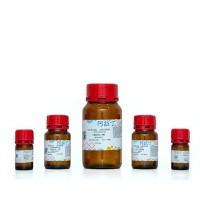Antigen presentation to T lymphocytes is the seminal triggering event of the specific immune response, and poxviruses encode immunomodulatory genes that disrupt this process. Discovery of viral proteins that interfere with steps in the antigen presentation process requires a robust, easily manipulated antigen-presenting and T lymphocyte response system. Use of fresh primary antigen-presenting cells (APC) is preferable because cell lines that can present antigen in vitro are often not representative of APC in vivo and are typically weak stimulators. To study immunomodulatory poxvirus genes, we have used infected primary rat macrophages to present a model antigen, the myelin basic protein peptide, to a cognate CD4+ RsL11 T cell clone. Using this system, viruses can be assessed for difference in immunomodulation, and viral gene functions may also be assayed by comparing effects of wild type virus and mutant viruses (e.g., a deletion in the putative immunomodulatory gene). While antigen presentation can be thought of as a single event, it can also be considered as a larger process comprising multiple steps including: antigen acquisition, antigen processing, peptide loading onto MHC molecules, transport to the surface, MHC binding to T cell receptor, interaction of costimulatory molecules, cell signaling, cytokine synthesis by both cells, and proliferation of antigen specific T lymphocytes. This system allows for the initial determination of whether there is a phenotype and then also allows the stepwise deconstruction of the system to analyze this process at several points to focus in on the mechanism of immunomodulation. We have used this model system to elucidate the function of a highly conserved but previously uncharacterized poxvirus gene that we showed was important for virulence in rodents. The experimental system developed should be broadly applicable to analyzing viral effects on immunity.






